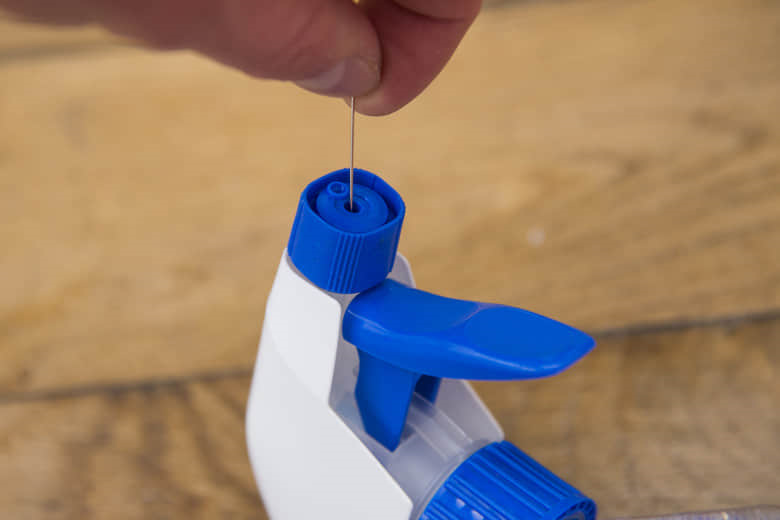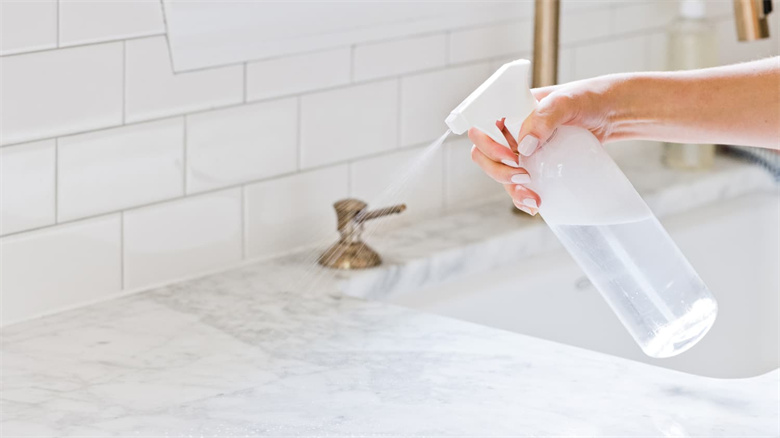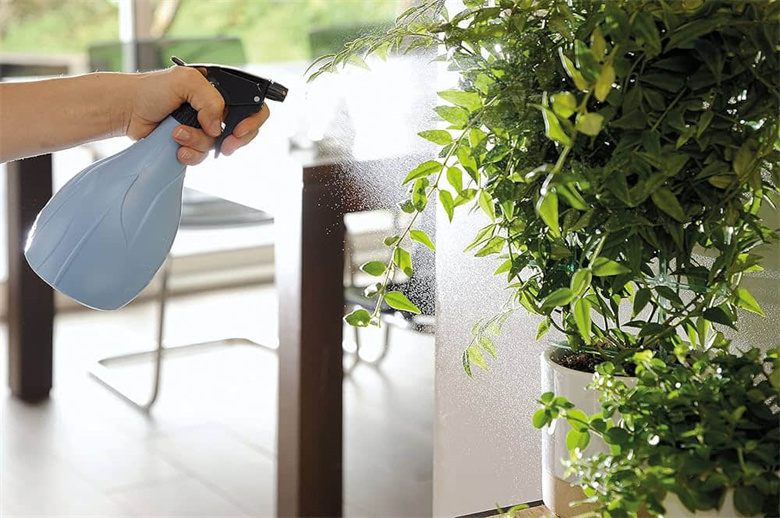How to Fix Your Trigger Sprayer: A Comprehensive Guide
November 27, 2024
Trigger sprayers are a key component in a variety of consumer products, including cleaning supplies, cosmetic products, and household items. When your trigger sprayer stops working, it can be frustrating, especially when you need it most. This guide will provide you with practical steps to troubleshoot and repair your trigger sprayer, ensuring it operates efficiently once again.
Common Issues with Trigger Sprayers
1. Clogged Nozzle
Over time, trigger sprayers can become clogged due to dried liquids or debris. The nozzle can get blocked, preventing the liquid from spraying effectively. This is one of the most common issues and can usually be fixed easily.
Solution:
a. Remove the nozzle and soak it in warm water.
b. Use a pin or needle to clear any blockages from the nozzle opening.
c. If the nozzle remains clogged, try using a cleaning solution to dissolve any stubborn residue.

2. Weak Spray or No Spray at All
A trigger sprayer that produces a weak spray or no spray is often caused by an air lock or a malfunction in the trigger mechanism.
Solution:
a. Check if the tube inside the sprayer is properly connected to the bottle or reservoir.
b. Ensure that the straw inside the bottle is not bent or blocked.
c. If the trigger is stuck or hard to press, lubricating the trigger mechanism with a silicone spray can help.
3. Leaking Sprayer
Leaks from the trigger sprayer can occur if the seals or the valve are damaged.
Solution:
a. Inspect the seals around the cap and the pump mechanism. Replace any worn-out seals.
b. Check the valve inside the sprayer for cracks or damage. If necessary, replace the valve with a new one.
4. Damaged Trigger Mechanism
Over time, the plastic parts of the trigger mechanism can wear out, leading to a non-functional sprayer.
Solution:
a. If the sprayer is difficult to pull, check for any cracks or breakage in the trigger.
b. If parts of the trigger mechanism are broken, consider purchasing a replacement trigger or sprayer head.

How to Prevent Common Trigger Sprayer Issues
Preventing issues before they occur is key to prolonging the life of your trigger sprayer.
Use Clean Liquids: Ensure that only clean liquids are used in the sprayer. Dirty or thick substances can easily clog the sprayer.
Store Properly: After use, make sure the sprayer is cleaned and stored in a dry place.
Regular Maintenance: Regularly check and clean the sprayer to avoid debris build-up and maintain optimal function.

When to Replace Your Trigger Sprayer
While many issues with trigger sprayers can be fixed, there comes a time when replacing the sprayer is the most effective option. If you notice that repairs aren't holding up or the sprayer is frequently malfunctioning, it's time to purchase a new one. Opt for high-quality, durable sprayers designed for long-term use.
A malfunctioning trigger sprayer doesn't have to mean replacing the entire unit. With a few simple steps, you can fix the most common issues and get your sprayer back to working order. For more complex issues, consider seeking professional advice or replacing the sprayer for improved performance.

